Building material: Why sustainable should be green
By Edit Team | September 17, 2018 12:42 pm SHARE

Practices that emphasise long-term affordability, quality and efficiency are the mainstay of durable construction
Sustainable construction should aim at reducing the environmental impact of a building over its entire life cycle, including construction, occupation, maintenance and demolition. In a fast developing nation like India, costs are essential and sustainable construction can help economise cost of the structure over its life cycle. While some building practices are guided by short-term economic considerations, sustainable construction is based on best practices that emphasise long-term affordability, quality and efficiency.
Right usage of construction chemicals
Sunny Surlaker, Technical Advisor, Assess Build Chem Pvt Ltd, says, “Sustainable construction should aim at environmental-friendly construction and this includes reducing repairs, rehabilitation, rebuilding and decommissioning a structure. Most of these issues can be addressed by quality construction.”
He adds, “Construction of durable structures is absolutely not possible without right usage of construction chemicals. In short any material that increases the durability of the structure, in the long term increases sustainability as it means lesser use of resources, material, manpower and money required in the maintenance and repair process.”
The criteria for selection of building materials would include:
• Evaluating eco-friendliness of the material (solvent free, uses recycled or waste materials [flyash, GGBFS, etc.])
• Carbon footprint of the material
• Energy savings it can provide
• Environmental impact from production to recycling
Green and sustainable construction
According to Mario Schimdt, MD, Lingel Doors and Windows Technologies Pvt Ltd, an increased number of projects now need green construction as sustainable construction which is the next step in preserving and improving our environment.
Lingel windows and doors are made of uPVC which is an ideal recyclable material. At the end of their life they can be converted into other useful products, thereby helping in creating a reliable and sustainable future. “uPVC has replaced wood the world over as the popular framing material which in return has eliminated dependence on wood thus leading to conservation,” he adds.
Selecting materials for commercial projects
All-season friendly
No matter what the weather outside is, uPVC window or door has an advantage. uPVC windows provide water tightness during the monsoon season, even for dry and dusty areas these windows are ideal because of their dustproof performance which is the highlight of these windows. With our lives moving at a fast pace it becomes vital to have windows and doors that are easy to maintain and are also sustainable.
Longevity
If one wishes windows and doors should last longer, installing uPVC will solve the issue for the next two decades. When looking for options with windows and doors, consider factors like durability and sustainability which will make a difference. uPVC windows are low on maintenance as they do not require regular polishing or don’t have issues with termites, thus reducing the requirement to paint or varnish them frequently. Just a regular clean at intervals is enough to make it last longer than one could imagine. This is usually a once in a lifetime investment.
Secure and safe
Go for windows which have multi-locking systems. These are neat and offer security to one’s home. uPVC windows have double glazing which makes in soundproof and has fire extinguishing properties, unlike wood. Fire extinguishing property is a critical factor and neglecting this can be disastrous. Therefore, installing uPVC doors and windows is a smart choice. Oxygen index of PVC is 45 – 49; this is less than the required percentage. If your door is made of wood, the fire will spread faster. For it to burn, it needs nearly 50 per cent oxygen to continuously burn as atmosphere contains only around 21 per cent oxygen. Calcium carbonate and chlorine in PVC prevents it from burning and make it self-extinguishing. These windows are airtight and keep pollution out.
uPVC – Preferred choice
uPVC is being globally used and appreciated material which helps in better insulation as compared to all the other material. In India, it is picking up due to the green building regulations. In India, it’s usage in both residential and commercial sector make it evident that India’s infrastructure is now opting for energy efficient and aesthetically-designed windows and doors.
Manish Bansal, Director & CEO, Window Magic India, says, “uPVC is emerging as a choice of many commercial building owners due to its unique properties. Moreover, it is the only product which offers long-term service with maximum benefits like eco-friendliness. They require less maintenance and are highly durable.”
He adds, “uPVC’s thermal comfort is the important property which every commercial and residential building possess for the ease of dwellers and also less maintenance and high durability makes it a best combination.”
India is still considered as an immature market for the uPVC Windows & Doors. “We are taking a little more time to offer any new model right now. Though the customer base in India has started to open up to change, it will still take a little longer to accept new concepts completely,” he says.
The company along with its technology partners from Germany is ready to introduce the development in the western world.
Huge opportunities for expansion
Vikram Khanna, COO – Consumer Glass, COO – Architectural Institutional Business, Asahi India Glass Ltd, says, “The ongoing shift towards green buildings is pushing demand for high-performance glass and opening up huge opportunities for expansion in the architectural segment. Faced with increasing environmental degradation, eco-friendly living is the new mantra. Naturally, then, the living and work places are also transforming to reflect the green revolution. And in this transformation, glass is emerging as one of the most effective building materials.”
The dream of a ‘Nearly-Zero Energy’ building has, for decades, lured architects and builders around the world into innovating new technologies and building materials to create smart and sustainable infrastructure. With this dream fast turning into a reality, green buildings are actually becoming a norm globally, through extensive use of innovative usage of glass in buildings that reduces the air-conditioning load and the need for artificial lighting, thus minimising energy consumption in the building.
The material one select should always fulfil the requirements established by national laws, national or international standards, codes of practice and local building habits, at least in terms of mechanical properties, thermal performance, acoustic performance, durability, weight and dimension, safety during the materials handling and placing, as well as in case of fire, aesthetic outcome as also the cost according to the available budget.
Eliminate negative impact of development
Buildings which incorporate design, construction and operational practices that significantly reduce or eliminate the negative impact of development on our environment are sustainable. Mahendra Pingle – Dy. General Manager – Market Development, Tata BlueScope Steel, says, “Many of these features are directly linked to resource reduction (energy, water, materials) and selection of environmentally-sensitive materials (recyclable and thermally efficient) is of great consideration.”
Recycling prevents the waste of potentially useful materials; reduces consumption of raw materials and energy; and reduces overall pollution. Steel is easy to recover from waste streams because of its magnetic properties. This, coupled with its economic value, makes steel the most recycled material in the world by volume. Pingle adds, “Selection of durable materials like steel can reduce the replacement cycle as well and hence conserve the rate of resource consumption.”
Some materials discharge carcinogens and other deleterious substances which can be ingested by people. Careful consideration of environmental risks is essential and the choice of non-toxic materials such steel are highly recommended. Some materials could be flammable and can release toxic gases. Hence, choosing a non-combustible material such as colour coated steel becomes inevitable.
Reduce environmental impact
Atin Thacker, Marketing Director, Geeta Aluminium Co Pvt Ltd, says, “Selecting sustainable green building materials for commercial projects can help reduce the environmental impacts associated with the extraction, transport, processing, fabrication, installation, reuse, recycling and disposal of the building industry source materials.”
The below mentioned points needs to be taken in consideration:
• Site optimisation
Durability in the specific environment where the building would be located has strong implications in sustainability as it influences the material’s life span.
• Energy optimisation
Use of materials and systems that can help minimise the energy consumption in buildings. This will help in reducing the dependence on fossil fuel-derived energy.
• Resource efficiency
To use and reuse materials in the most productive and sustainable way across its entire life cycle. Use of locally available materials and components saves energy and resources in transportation.
• Indoor air quality
To promote healthy indoor air quality, materials should fulfill the following parameters: Moisture control, optimise acoustic performance, appropriate ventilation, installed with minimal VOC emission etc.
• Optimisation of operational practices
Use of materials that reduce the maintenance requirements, require less water and are cost effective and reduce the life cycle costs.
Long lasting, easy to maintain and attractive
Anil Shah, Design and Technical Director, Aakruti Tenso Structure & Facades Pvt Ltd, says, “Sustainable building materials are one which are long lasting, very easy to maintain and attractive in looks, which gives building a different identity of its own.”
Fabric tensile membrane structures – designed by Aakruti Tenso Structure Team are really well thought and designed to give maximum space for human and material movements by ensuring lowest possible primary structure with possible most clear large spans. These structures have really great ambience and are feather in cap for any commercial place. Atrium which are usually proposed in most green buildings to ensure maximum sunlight work working. Tensile fabric is available in different grades and with different per cent in light passing through fabric. Client, architect and tensile designer collectively can select the fabric depending upon their requirement.
He adds, “Regarding maintenance, tensile fabric membrane structures require practically negligible attention. The cleaning of fabric from top surface can be done with water and mild soap which is the only maintenance needed for fabric roofs.”
Life of these materials is really good as compared to conventional media for roofing. Fabric manufacturers give warranty for 5 to 30 years depending upon the grade of tensile fabric materials. Well designed and well load calculated and analysed tensile fabric membrane structures are capable to resist cyclones, storm, rains, snow and other calamities to great extent allowing safety of men and materials in the premises.
Latest offerings
Green building solutions
The company believes in considering sustainable materials as a system not merely a material. For e.g. use of special concrete admixtures to make high strength structural concrete (even SCC) using a high degree of substitution of OPC, would lead to a greener structure. Teaming up this ‘Green Concrete’ with special protective systems (waterproofing, thermal barrier coatings, protective coatings) can enhance the sustainability of the structure manifold. Certain coatings can also improve energy efficiency of buildings (reduced heating and cooling costs) thereby promoting sustainability during the operational phase of the structures life.
Surlaker says, “We can offer such special solutions for buildings that will promote sustainability and can help in achieving green building requirements for structures today.“
Lingels India – specific offers
Lingel India is offering the entire product range under one roof. Starting with uPVC windows, aluminum cladded uPVC windows, aluminum windows thermal and non-thermal broken, wooden windows, open roof windows and conservatories. Schimdt says, “We supply purely as per the customer choice. We only advice on technical parameters and design option so that safe and secure products are reaching to our customers.”
AIS Ecosense
Energy efficient glass range from AIS, under the brand name of ‘AIS Ecosense’ provides the benefit of reducing the heat gain in buildings due to its excellent energy saving properties without compromising on the aesthetics that improve the value of the facade or allowing natural light inside the space.
AIS Ecosense comes in five ranges – Enhance (Solar Control), Exceed (Solar Control Low-E), Essence (Low-E), Edge (Solar control and thermal Insulation which can be used in SGU) and Excel (Double Low-E) high-performance glasses. Ideal for solar and thermal insulating parameters, AIS Ecosense combines aesthetics with environmental sensibility and conforms to all Green Standards. AIS Ecosense performance parameters like visual light transmission, solar factor, U-value and Internal reflection make buildings more energy efficient and ecologically viable.
AIS renew
AIS renew is a revolutionary retrofitting solution which converts a glazed unit (SGU or IGU) into an energy-saving insulated glazed unit (IGU) by installing low-e glass from the inside. The installation procedure is very quick and does not require any scaffolding which makes it an ideal solution for energy-saving renovations in existing buildings.
Khanna says, “AIS renew provides the benefit of reducing the heat gain in buildings due to its excellent energy saving properties without compromising on the natural light coming inside the building or the brilliant aesthetics that add value to the façade. And in winter, they ensure solar gain. So that no matter what the season, people inside stay comfortable at all times. It helps in cutting energy costs by reducing load on air conditioners and cutting down on artificial lighting.”
Applications
AIS renew retrofitting solutions can be used in the following structures to make his/her building energy efficient.
• Corporate offices
• Hotels
• Hospitals
• Banks
• Food chains
• Car showrooms
• Shopping malls
COLORBOND steel from Tata BlueScope
“Tata BlueScope Steel is constantly working towards creating sustainable and innovative building materials and products that help reduce adverse impacts on environment,” says Pingle. COLORBOND steel from Tata BlueScope contributes to sustainable performance of building materials such as:
Energy efficient- heat island effect: Tata BlueScope steel produces range of steel sheets with high solar reflectance –i.e. COLORBOND steel with THERMATECH solar reflectance technology, that can be roll formed into roofing products and integrated into roof designs, reduces the amount of solar radiation (and consequently heat) absorbed into the buildings, improving its thermal comfort.
COLORBOND steel offers high solar reflectance value over ordinary colour coated steel products available in market. The light Colour ranges like Surfmist (SRI- 86), Dover White (SRI- 92), Mosaic Blue (SRI -82), exceed the Indian Green Building Council (IGBC) requirement of SRI value 78 for low-sloped buildings and medium and dark colours (sky blue, headland, wind spray, etc.) offer higher SRI value,that exceeds IGBC SRI Value 29 required for Steep sloped buildings.
Durability: Steel products have a long life. By using durable building products, such as steel, one can conserve resources and reduce energy consumption that would otherwise be spent on manufacturing products with shorter life spans.
Reusability: Steel doesn’t rot, split, warp, twist or burn. This means many existing steel products can be reused without reprocessing, again saving on energy and resource use.
Recyclability: At the end of its useful life, steel can be recycled. In fact, steel is
100 per cent recyclable and is the most recycled material in the world.
Strength-to-weight: The high strength-to-weight ratio of steel means you can have long, column free spans and lighter structures that use minimal framing material.
Locally-available material mitigate transportation cost: The more material a truck can carry to a building site, the fewer the total number of deliveries. This, in turn, saves on fuel and greenhouse gas emissions. High strength-to-weight ratios also mean that less material is required to construct the building, minimising resource use.
Designed for adaptability and disassembly: Many steel products are designed and made in such a way that they can be disassembled and reused in their current form for any number of applications. This saves the cost and energy of making new products or the costs associated with recycling products.
Environmental quality and occupational health: Metal building products do not release pollutants like certain wood products or built up roof products or low VOC materials.
Water conservation: Rainwater harvesting (also known as roofwater harvesting) involves the collection, storage and distribution of rainwater from the roof, for use inside and outside the home or business. COLORBOND steel’s exterior paint system does not have lead content or heavy metals in it; hence one can collect water from the roof for reuse.
Prefabrication: Many steel structures and building materials can be prefabricated — that is, manufactured and/or preassembled (usually in a factory) ready for fast and easy assembly on site. This helps minimise wastage and create safer building sites.
Thermal break windows
Geeta Aluminium offers high performance – thermal break windows which cater to extreme climatic conditions as well. The multi chamber profiles provide better insulation of heat and sound as compared to cold profiles. They are inbuilt with 3 barrier system which also helps in air infiltration. Availability of multi-point locking system possibility makes sealing better between the profiles giving overall technical assurance. Thacker says, “Our energy efficient system windows minimise the carbon emission rates and consume less power resulting in reduction of electricity costs and are environment friendly. Installation of thermal break windows eventually assists in LEED certification of green buildings.”
Commercial projects
Aakruti Tenso has edge in smooth project execution with mastery in designing, fabrication and Installation teams. Shah says, “Various commercial projects like hotels, malls, offices, schools, stadiums, toll gate plaza, entry canopies, food courts etc are successfully done by Aakruti Tenso structures. Atrium, walk ways, car orbus parks, swimming pools, canopies at entry or toll gates, stands or viewer’s gallery at stadiums, smart city projects SEZ projects are successfully completed well within time with client satisfaction.
Construction of durable structures is absolutely not possible without right usage of construction chemicals.
Sunny Surlaker, Technical Advisor, Assess Build Chem Pvt Ltd
We only advise on technical parameters and design option so that safe and secure products are reaching to our customers.
Mario Schimdt, MD, Lingel Doors and Windows Technologies Pvt Ltd
uPVC is emerging as a choice of many commercial building owners due to its unique properties.
Manish Bansal, Director & CEO, Window Magic India
AIS renew retrofitting solutions can be used in the following structures to make his/her building energy efficient.
Vikram Khanna, COO – Consumer Glass, COO – Architectural Institutional Business, Asahi India Glass Ltd
Selection of environmentally-sensitive materials is of great considerations.
Mahendra Pingle – Dy. General Manager – Market Development, Tata BlueScope Steel
Our energy-efficient system windows minimise carbon emission rates and consume less power there by reducing cost.
Atin Thacker, Marketing Director, Geeta Aluminium Co Pvt Ltd
Sustainable building materials are long lasting, easy to maintain giving the building and identity of its own.
Anil Shah, Design and Technical Director, Aakruti Tenso Structure & Facades Pvt Ltd
Cookie Consent
We use cookies to personalize your experience. By continuing to visit this website you agree to our Terms & Conditions, Privacy Policy and Cookie Policy.


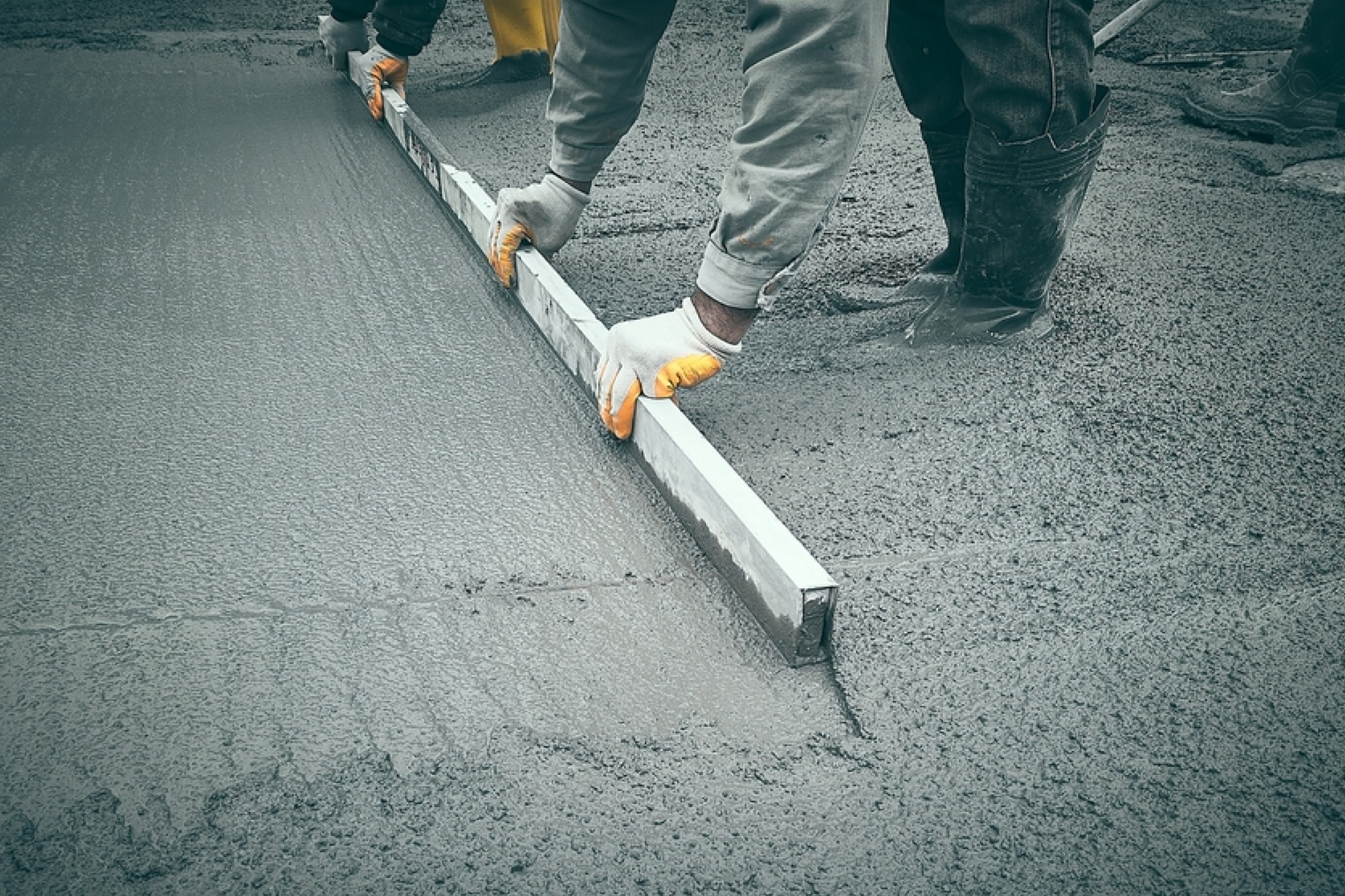
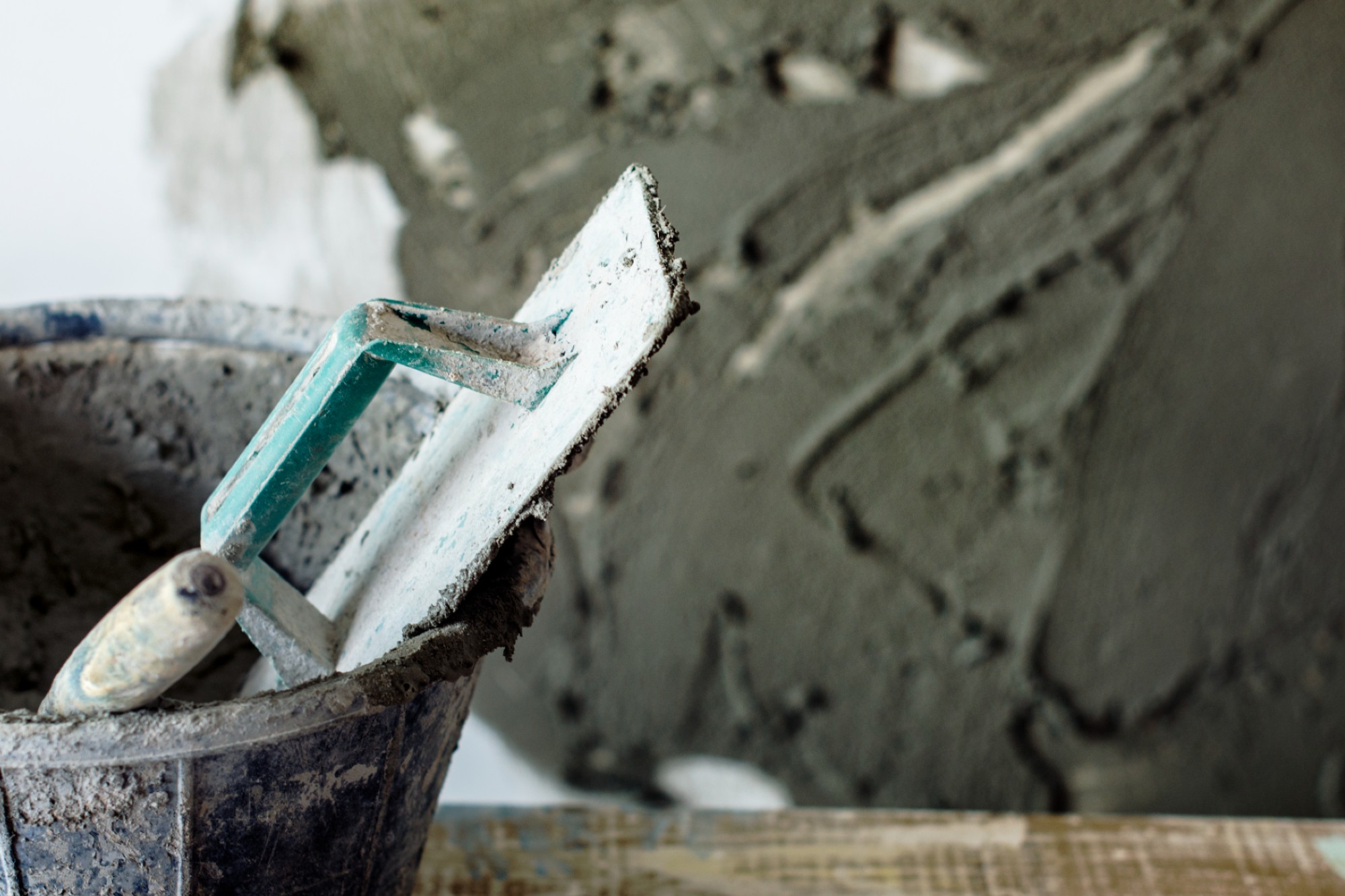
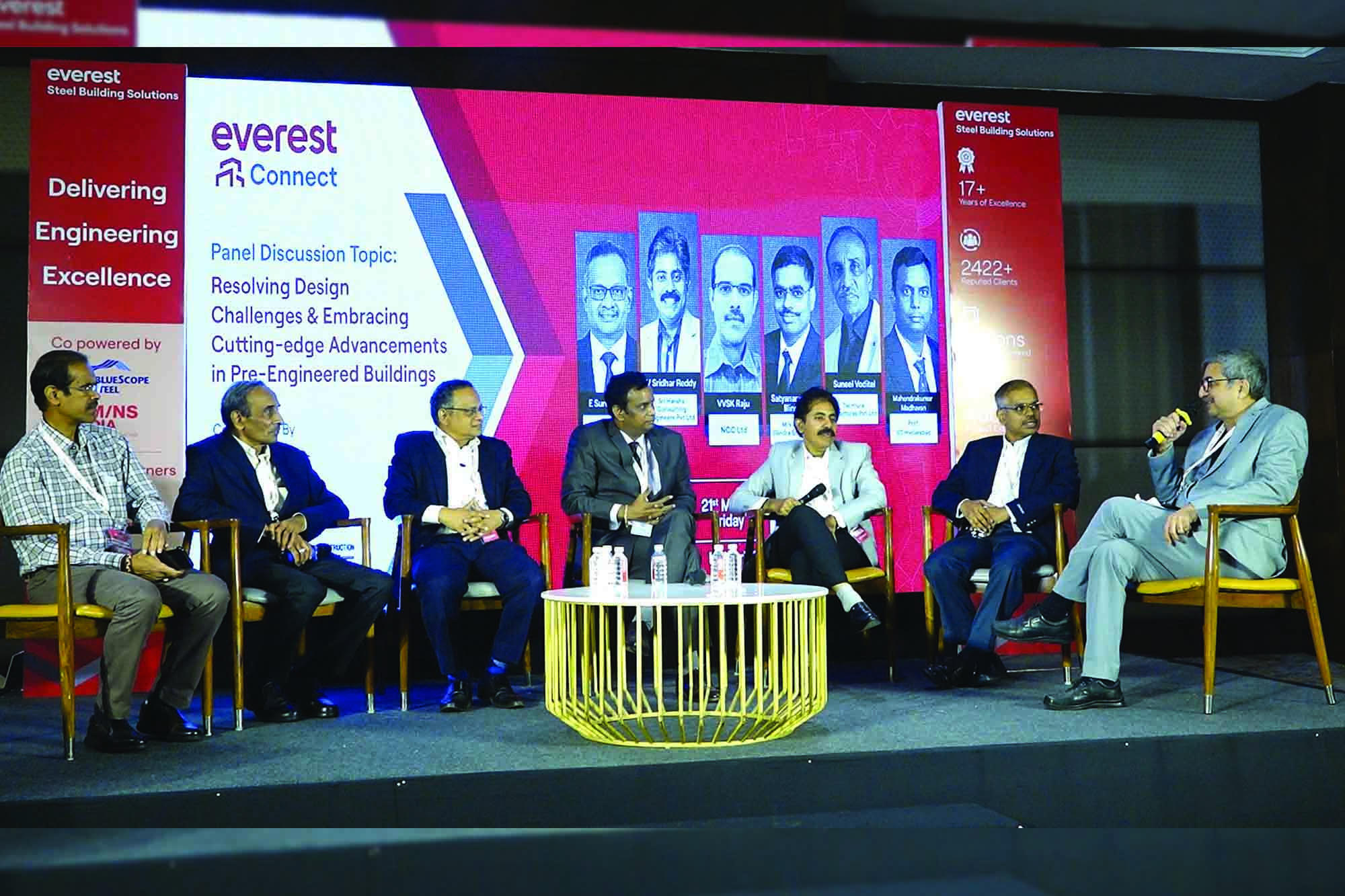
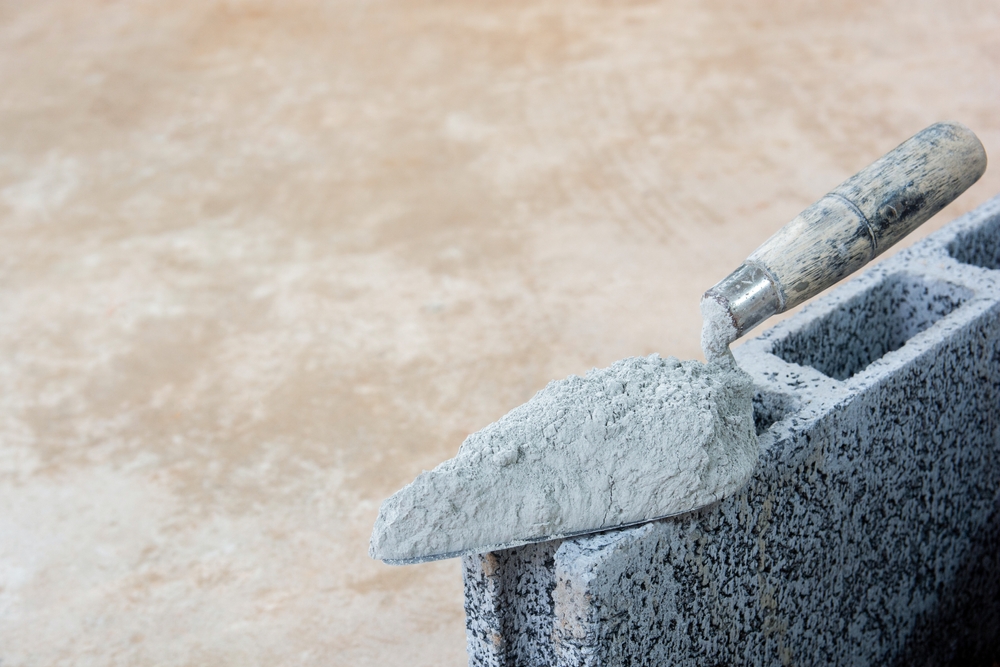

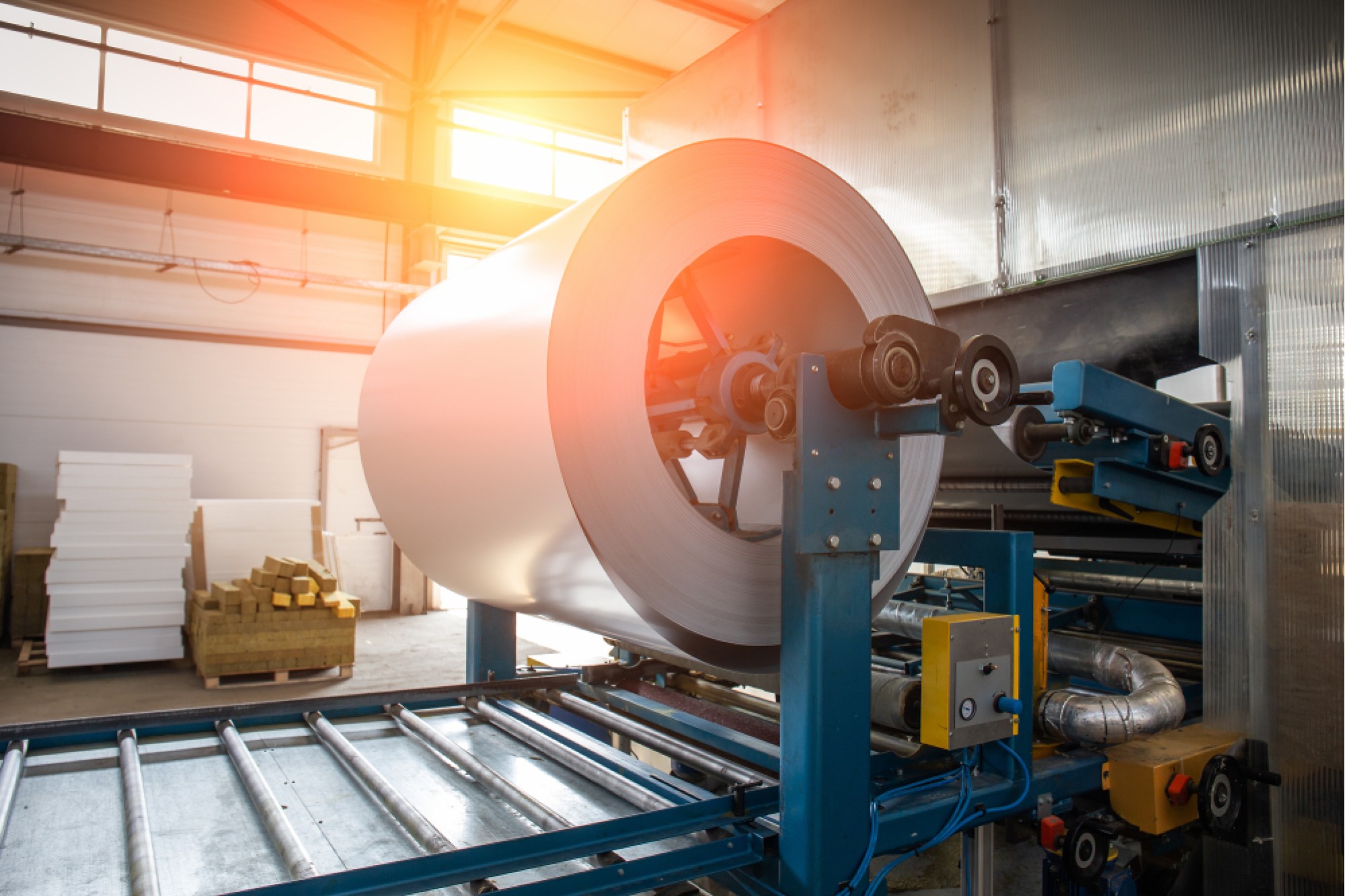


























-20240213125207.png)

























